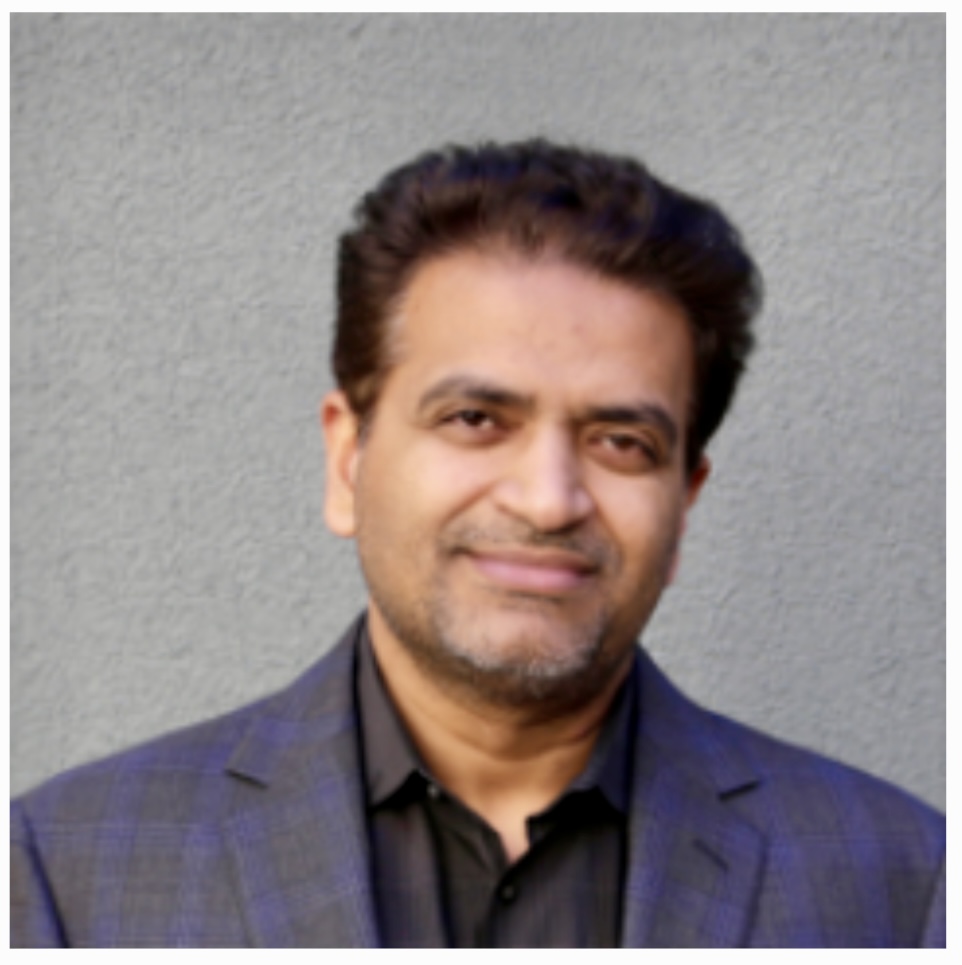Kaustav Banerjee
- General Information
- Symposia
- Atomic Layer Deposition
- Biomaterials and Polymers
- Characterization and Metrology
- Luminescence Phenomena: Materials and Applications
- Microelectronics and MEMS
- Multifunctional and Magnetic Materials
- Nanostructures
- Plasma and Vacuum
- Renewable Energy: Materials and Devices
- Semiconductors
- Tribology, Surfaces and Interfaces
- Theory and Simulation of Materials
- Thin Films
- Science Outreach
- General Program
- Plenary Lectures
- Short Courses
- Technical Talk
- Congress Registration
- Second Athletic Race Registration
- Posters
- Abstract Submission 2024
- Commitees
- Fees
- Hotel Accomodation
- Awards/Grants
- Sponsors and Exhibit
- Book of Abstracts

Kaustav Banerjee
Professor
Electrical and Computer Engineering
Affiliation: Electrical and Computer Engineering
University of California, Santa Barbara
Santa Barbara
kaustav@ece.ucsb.edu
Fellow of: American Association for the Advancement of Science; American Physical Society; Institute of Electrical and Electronics Engineers; Japan Society for the Promotion of Science; International Artificial Intelligence Industry Alliance (AIIA).
Honors: Outstanding Graduate Mentor Award, UCSB Academic Senate; IEEE Kiyo Tomiyasu Award; Friedrich Wilhelm Bessel Research Award, Humboldt Foundation; Thesis Advisor to three Lancaster Dissertation Award winners; Thesis Advisor to three IEEE EDS PhD Student Fellowship Award winners; Highly Cited Researcher, Clarivate Analytics
Research: Computer Engineering, Photonics & Electronics, Micro & Nano Technology
Banerjee is one of the world’s leading innovators in the field of nanoelectronics. His current research focuses on the physics, technology, and applications of two-dimensional (2D) materials, such as graphene, for designing next-generation energy-efficient electronics, photonics, and bioelectronics. His pioneering contributions to nanoscale interconnect design and their energy-efficient solutions, particularly 3D integrated circuits, have been widely adopted and commercialized by the IC industry. His pathbreaking innovations with 2D van der Waals materials and heterostructures are setting the stage for next-generation electronics. This includes the invention of the Kinetic Inductor that overcame a 200-year old Faraday-limit of the inductance density of conventional materials.
Affiliations: Specially Appointed Prof., Tokyo Institute of Technology; Visiting Prof., Universität der Bundeswehr München; Guest Prof., Shanghai Jiao Tong Univ.; Visiting Prof., Nanyang Technological Univ, Singapore; DRESDEN Fellow, Technical Univ. of Dresden
Education: PhD Electrical Engineering and Computer Sciences, University of California, Berkeley
2D Materials – Powering the Next Era of Energy-Efficient Electronics.
The rapid growth of data from AI and IoT demands energy-efficient computing and communication, which is challenging with conventional CMOS-Cu technology. Two-dimensional (2D) van der Waals materials like graphene and transition metal dichalcogenides (e.g., MoS2) offer remarkable properties ideal for various applications. This lecture will explore the transformative potential of 2D materials in creating energy-efficient devices and interconnects for next-gen computing, storage, and communication. I will present specific applications developed in my lab that leverage 2D materials to overcome fundamental microelectronics limitations in miniaturization and energy efficiency.
